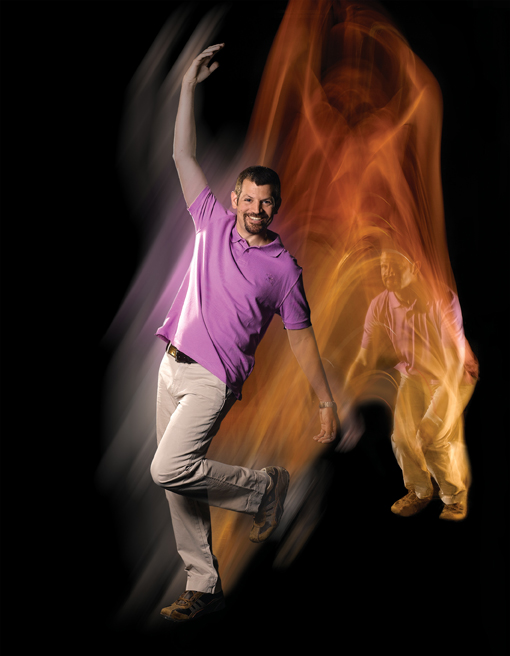Are you a journalist? Please sign up here for our press releases
Subscribe to our monthly newsletter:

Why Do They Exist?
The universe behaves as though it contains much more matter than what's on display. Though galaxies may hold billions of stars, to stay together they would theoretically need ten times more matter than we see through our telescopes. According to calculations based on Newton's laws and Einstein's theory of relativity, galaxies should be breaking up, their celestial objects moving off in all directions. But galaxies do, in fact, exist, and this has led many scientists to postulate the existence of "dark matter," which has not yet been seen or detected, to explain why galaxies keep themselves whole.
Astrophysicist Prof. Mordehai (Moti) Milgrom of the Condensed Matter Physics Department has suggested a new approach to the issue – one that doesn't invoke dark matter. His approach goes, rather, to the basis of the calculations themselves – Newton's laws of motion and the theory of relativity, which, he postulates, require major amendment. It's known that Newton's laws are violated in extreme circumstances: When a moving object approaches the speed of light, for instance, relativity takes over from Newtonian laws. And at the extraordinarily tiny scale of subatomic particles, the rules of quantum mechanics replace Newtonian and relativistic laws of motion. In Milgrom's theory, the conventional laws of motion are essentially valid for the solar system, but on the colossal scale of galaxies, they need serious readjustment. A growing minority of scientists has been coming over to this theory, which has been steadily garnering interest, as well as support from various astrophysical studies.
Prof. Mordehai Milgrom is the incumbent of the Isidor I. Rabi Chair of Physics.

Is there anyone who doesn't occasionally look up at the stars in wonder? Dr. Avishay Gal-Yam of the Weizmann Institute's Physics Faculty does it every day. With the aid of research satellites and giant telescopes, including the Keck and Gemini telescopes in Hawaii and the ESO/VLT telescope in Chile, he investigates the processes that take place in stars, especially exploding stars called supernovae. Gal-Yam: "The amount of energy a supernova releases in a few days is greater than that which our sun will put out over its entire lifetime."
A chance observation by the research satellite Swift led an international research team that included Gal-Yam to observe the explosion of such a star in real time, for the first time ever. This landmark observation is already being hailed as the "Rosetta stone" of supernovae, and it is helping scientists figure out exactly how the process takes place. Among other things, it has provided new information on the dimensions of an exploding star, on the structure of its outer shell and on the properties of the ensuing shockwave, which blows that outer shell off into space.
In a recent study, Gal-Yam and a colleague revealed what happened when the largest exploding star ever observed – at least 50 times the mass of our sun – became a supernova. As the process continued, the star became a large black hole.
Dr. Avishay Gal-Yam's research is supported by the Nella and Leon Benoziyo Center for Astrophysics; the Peter and Patricia Gruber Award; the Legacy Heritage Fund Program of the Israel Science Foundation; the William Z. and Eda Bess Novick Young Scientists Fund; and Miel de Botton Aynsley, UK.